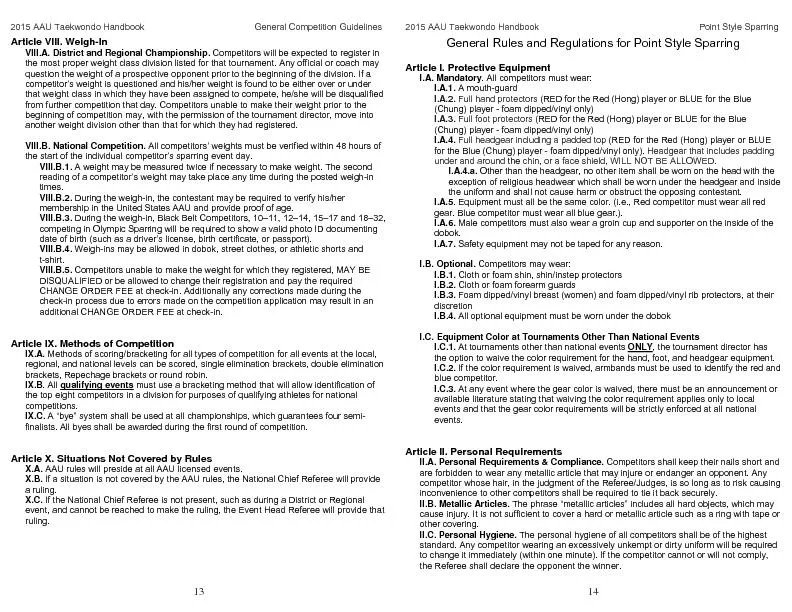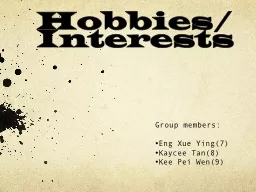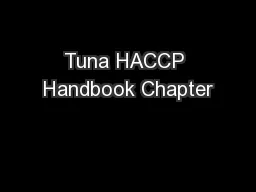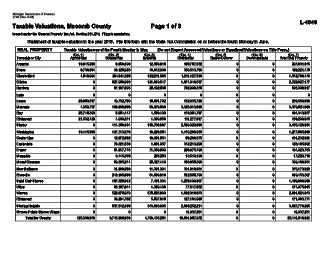PDF-2015 AAU Taekwondo Handbook
Author : giovanna-bartolotta | Published Date : 2016-08-05
the option to waive the color requirement for the hand foot and headgear equipment If the color requirement is waived armbands must be used to identify the red and
Presentation Embed Code
Download Presentation
Download Presentation The PPT/PDF document "2015 AAU Taekwondo Handbook" is the property of its rightful owner. Permission is granted to download and print the materials on this website for personal, non-commercial use only, and to display it on your personal computer provided you do not modify the materials and that you retain all copyright notices contained in the materials. By downloading content from our website, you accept the terms of this agreement.
2015 AAU Taekwondo Handbook: Transcript
Download Rules Of Document
"2015 AAU Taekwondo Handbook"The content belongs to its owner. You may download and print it for personal use, without modification, and keep all copyright notices. By downloading, you agree to these terms.
Related Documents














